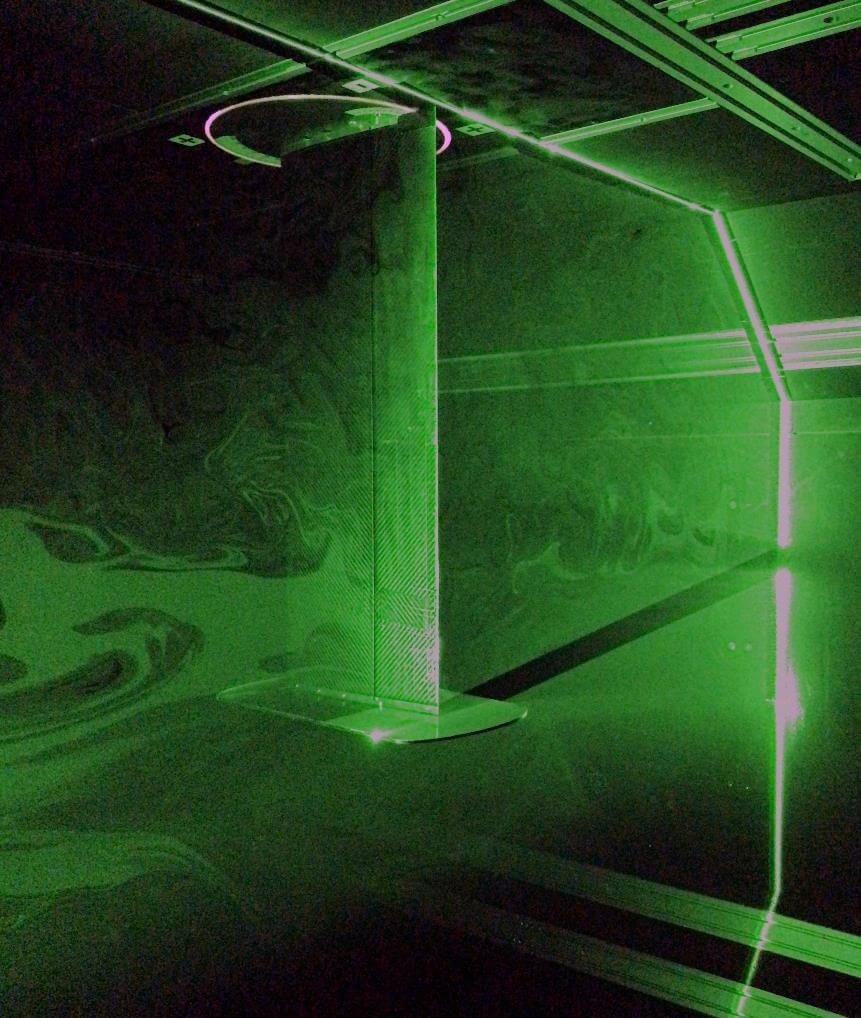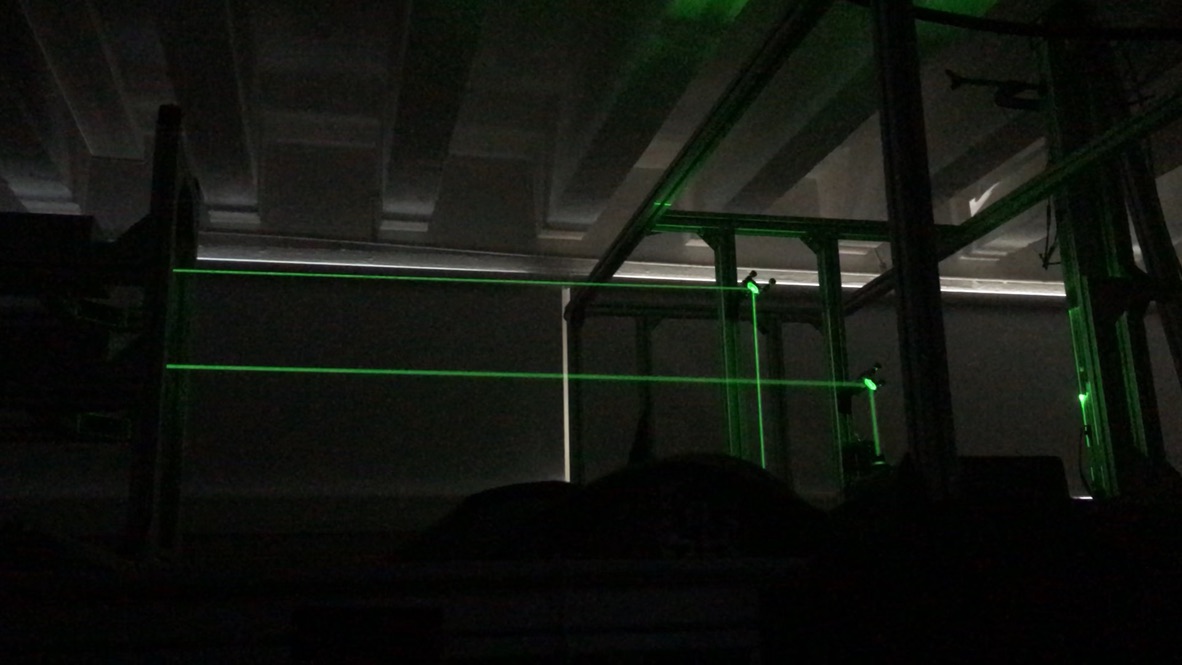Our Research
Our research group follows an experimental approach to understanding, predicting and controlling fluid flows relevant to aerodynamic and hydrodynamic applications. We combine our state-of-the-art experimental facilities and newly developed diagnostic methods to generate high-fidelity experimental data. We analyse and assimilate the data in innovative ways to understand, predict and control fluid flows.
Turbulent shear flows
In this area we focus on the physics and control of turbulent flows in aero-/hydro-dynamic applications. Examples include: quantifying the effects of scale interactions in turbulent shear flows; isolating flow mechanisms in smooth-, rough-, compliant and porous-wall flows; as well as bluff body flows and flow control.
Unsteady aerodynamics and hydrodynamics
Work in this in this area is aimed at developing new concepts and ideas for unmanned air/water systems. We carry out bespoke experiments to understand the physical mechanism to inform the design process. Recent projects include: unsteady flow over airfoils and wings; performance of wind/tidal turbines; aerodynamic interactions of propellers; aeromechanics of active and passive membrane wings; and evolution of flight and swimming performance of marine animals.
Experimental and data assimilation methods
This topic serves as the link between the other strands of research in our group. It is focused on the development of new experimental and data reduction methods including data assimilation using machine learning and data-driven reduced-order modelling. We leverage high-fidelity experimental data in order to develop new data-driven models that can be used for prediction and control.
Supported by














